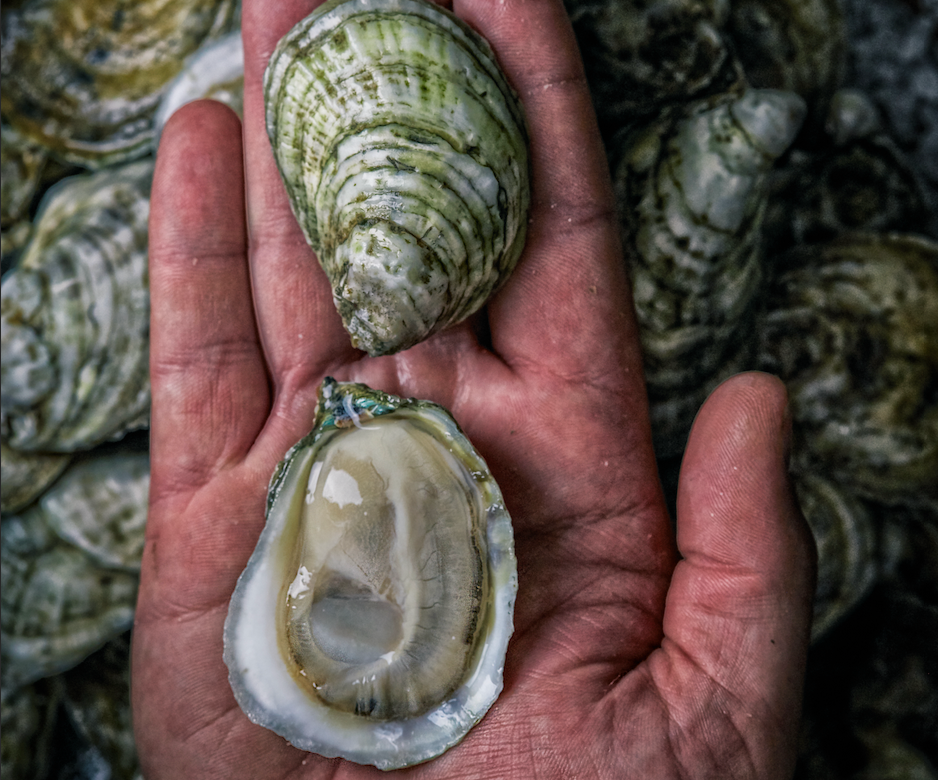
Myths vs. Facts
Few creatures on earth are as steeped in myth and legend as the oyster. For centuries, this humble mollusk has been the subject of tall tales, folklore, and superstition. But what is the truth behind these oyster myths? Let's take a closer look at some of the most popular oyster myths and see if we can separate fact from fiction.
Myth #1: Oysters are an aphrodisiac
One of the most persistent myths about oysters is that they have special powers when it comes to love and lust. The history of oysters as an aphrodisiac stretches back to ancient mythology, where it is said that the goddess of love, Aphrodite, emerged from the sea on an oyster shell. According to Greek mythology, Aphrodite then gave birth to Eros, the god of intimate, erotic and romantic love. As a result of this mythological connection between Aphrodite and oysters, people have for centuries believed that consuming oysters can be a powerful aphrodisiac. This belief has been perpetuated since antiquity with many prominent writers and cultural figures citing evidence of oysters' aphrodisiac effects. While there is no scientific evidence to support claims that oysters are aphrodisiacs, there's no harm in indulging in a few before your next date night!
Myth #2: Eating Raw Oysters Will Make You Sick
Another common myth about oysters is that eating them raw is dangerous and will make you sick. It's true that oysters can harbor harmful bacteria, but as long as they're properly harvested and stored, the risk of food poisoning is low. Raw oysters should be refrigerated at 40 degrees Fahrenheit or below and consumed within two days for optimal freshness. If you're worried about getting sick from eating raw oysters, you can always cook them before consuming them.
Myth #3: You Can Tell Male Oysters from Females by Examining Their Shells
If you've ever gone oyster hunting, you may have noticed that some oyster shells are more elongated than others. This difference in shell shape has led many people to believe that you can tell male and female oysters apart by looking at their shells. However, this myth is not true; scientists have not been able to find any reliable way to sex oysters by examining their shells.
Myth #4: You Should Only Eat Oysters in Months Ending "R"
This myth likely has its roots in an old wives' tale that warned against eating shellfish during months when there was no "R" in the name (May through August). The thinking behind this was that these warmer months were when water temperatures were highest and, therefore, when harmful bacteria could proliferate. However, modern refrigeration methods mean that this advice is no longer relevant; you can enjoy fresh oysters year-round!
Interesting Facts
Oysters change their gender. They start out as male oysters and then change into female oysters later on in life. It's very common for an oyster to change its gender multiple times throughout its lifetime.
Pearls don't come just from oysters. Pearls are actually made by a variety of different mollusks, including mussels, clams, and even snails!
Like wines, oysters have a variety of flavor profiles. Oysters have a variety of flavor profiles that are influenced by the environment in which they are grown.
Oysters are shaped by their beds. The type of substrate (or floor) where an oyster lives provides them with the calcium it needs to build its shell and affects its shape.
An oyster can filter 30 gallons of water per day! This is important because it helps to keep the water clean for other marine life.
Oysters were once used to pave roads. Oysters were once so common that they were actually used to pave roads! Some say that’s how Pearl Street in New York got it’s name.
Humans have been eating and cultivating oysters for thousands of years. In fact, evidence of oyster consumption has been found in prehistoric cave paintings!
As you can see, there's a lot more to oysters than meets the eye! These strange and fascinating creatures have been cultivated by humans for thousands of years and play an important role in keeping our oceans clean. So next time you eat an oyster, take a moment to appreciate all that these amazing creatures have to offer!
← Older post Newer post →
